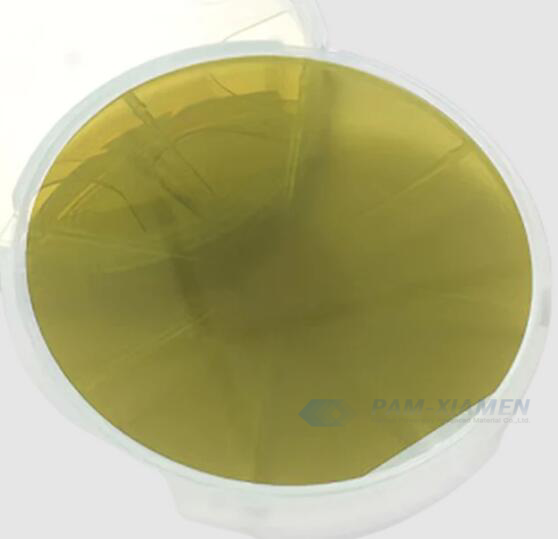Static induction transistor (SIT) is a type of junction field-effect transistor. It is a unipolar voltage control device developed on the basis of ordinary junction field-effect transistors, with three electrodes: active, gate, and drain. Its source drain current is controlled by an external vertical electric field on the gate. SIT transistor is a multi carrier conductive device suitable for high-frequency and high-power applications. SiC is very suitable for these applications. Its high critical electric field, high saturation electron drift velocity, and high thermal conductivity are very useful for the properties of SIT and can be well matched. PAM-XIAMEN can manufacture SiC epitaxial wafers for the fabrication of static induction transistor devices; please take the following SiC epi-structure for example. More epiwafer please refer to https://www.powerwaywafer.com/sic-wafer/sic-epitaxy.html.

1. Static Induction Transistor Epi Structure Based on SiC
| Epi layer | Thickness | Doping Concentration |
| Contact layer | 0.3um | – |
| Drift layer | – | – |
| Buffer layer | – | – |
| 4H-SiC Substrate | 3.5 x 1017 cm-3 |
2. Operation of Static Induction Transistoron on SiC
Buried gate structure, surface electrode structure, and dielectric covered gate structure are the main structural forms of SIT transistor:
The buried gate structure is a typical structure, suitable for low-frequency high-power devices;
The surface electrode structure is suitable for high-frequency and microwave power SIT;
The dielectric covered gate structure is suitable for both low-frequency high-power devices and high-frequency and microwave power devices. Its characteristics include low process difficulty, high yield, low cost, and suitability for mass production.
The static induction transistor working principle is to change the height of the channel barrier by changing the gate and drain voltages, thereby controlling the number of majority carriers from the source region, and controlling the internal potential distribution of the channel through electrostatic means, thereby achieving control of the channel current. The output characteristic curve of SIT exhibits unsaturated characteristics similar to vacuum transistors, rather than saturated pentades like ordinary junction field-effect transistors.
3. Differences between SIT and General FET
The main structural differences between static induction transistor and general field-effect transistors (FET) are:
1)The doping concentration in the channel region of electrostatic induction transistors is low, ranging from 1012 to 1015 cm-3, while FETs range from 1015 to 1017 cm-3;
2)Static induction transistor has short channel, and in terms of output characteristics, the SIT is an unsaturated transistor characteristic, while the FET is a saturated pentode characteristic.
4. Applications of Static Induction Transistor
SIT operates at a frequency comparable to or even exceeding that of power MOSFETs, and has a larger power capacity than power MOSFETs. Therefore, it has been widely applied in certain professional fields such as radar communication equipment, ultrasonic power amplification, pulse power amplification, and high-frequency induction heating.
For more information, please contact us email at victorchan@powerwaywafer.com and powerwaymaterial@gmail.com.

